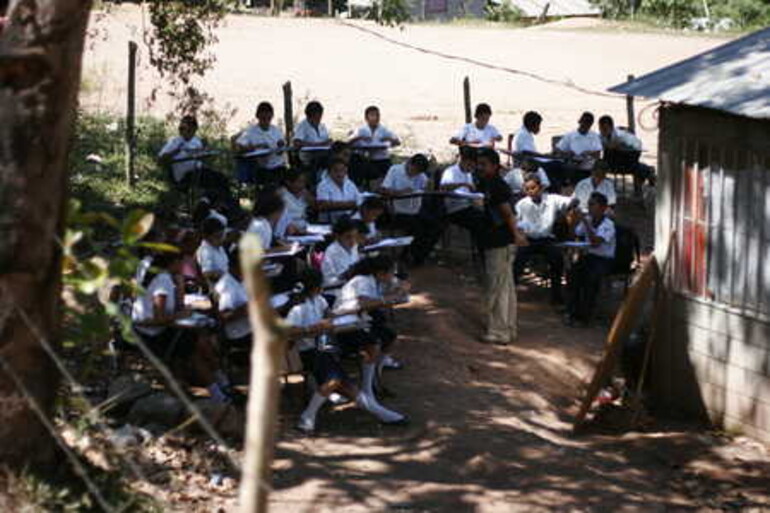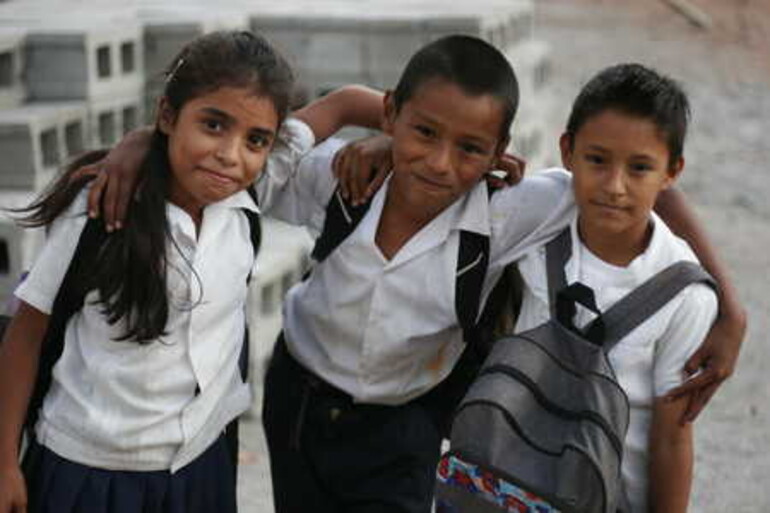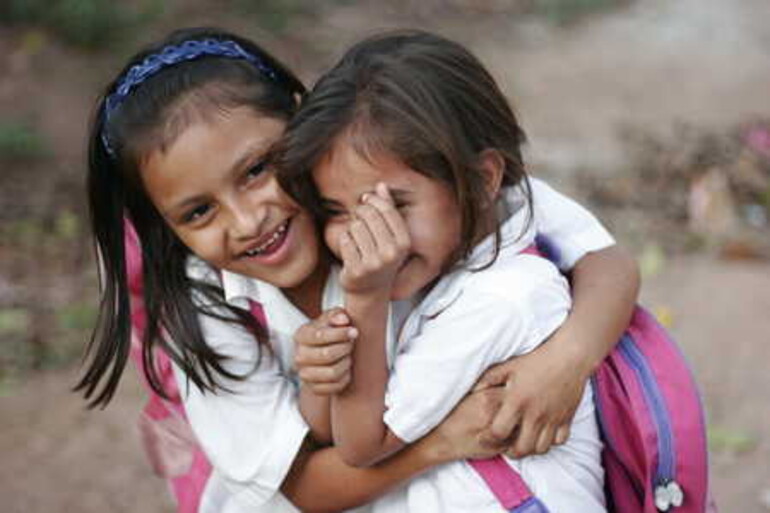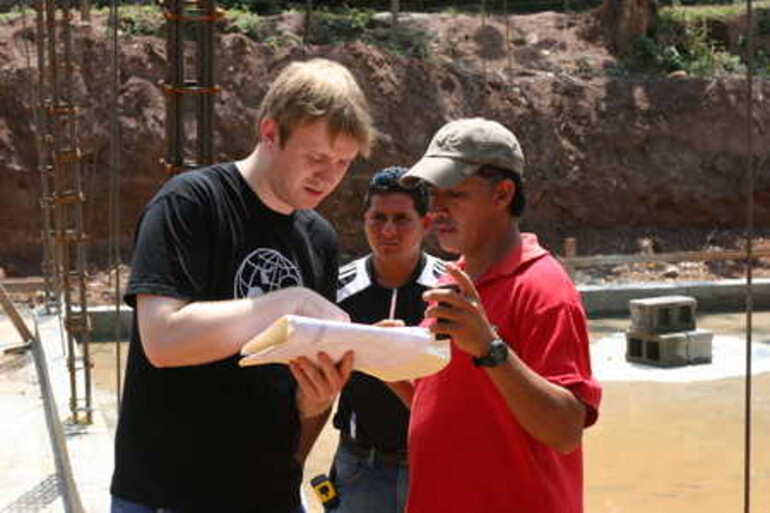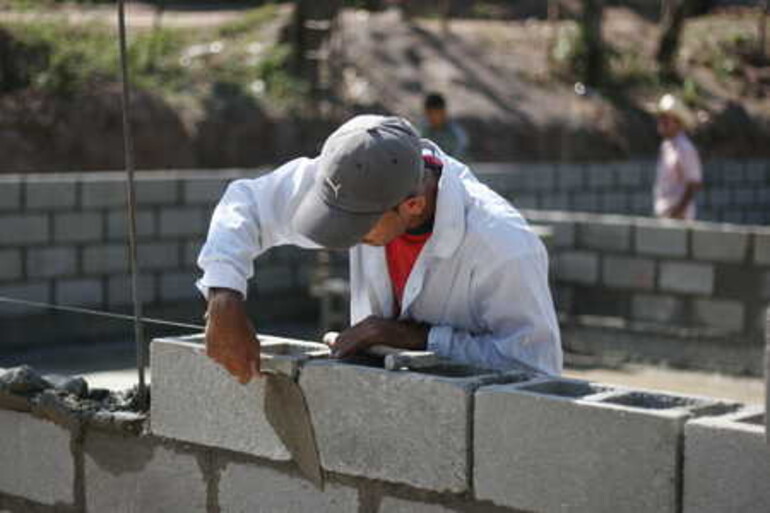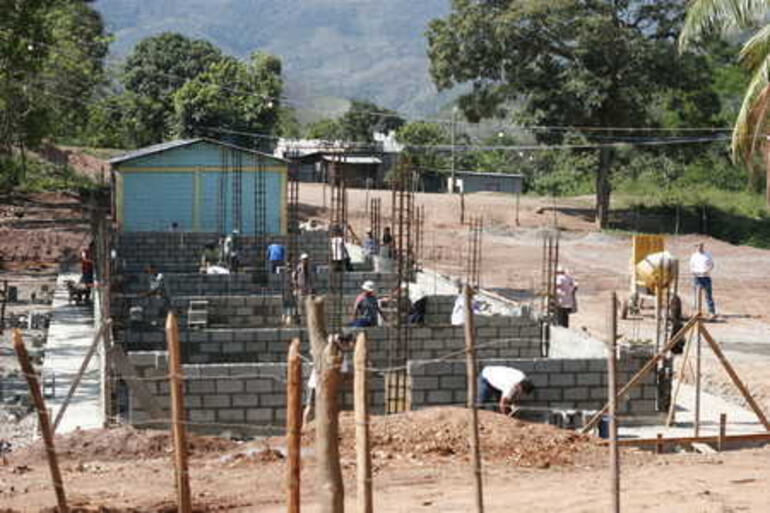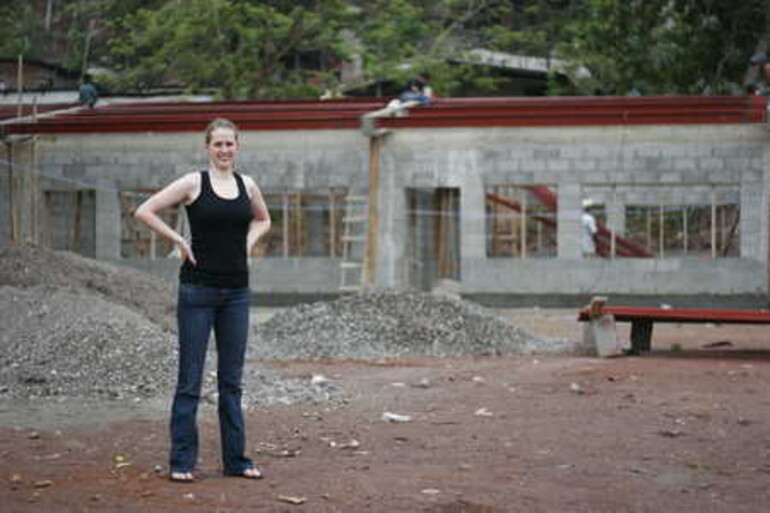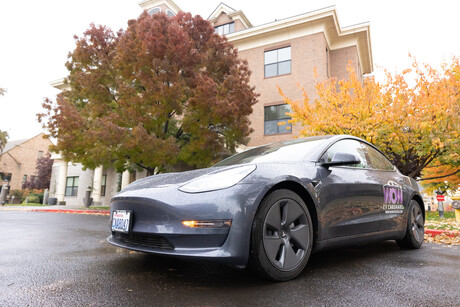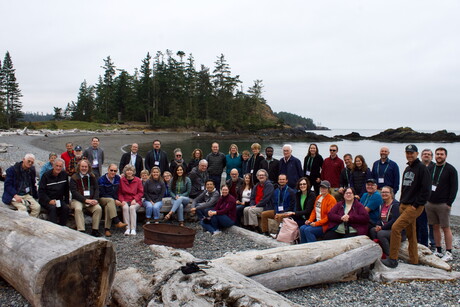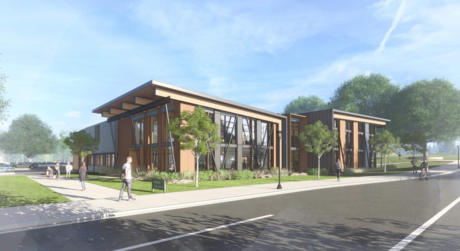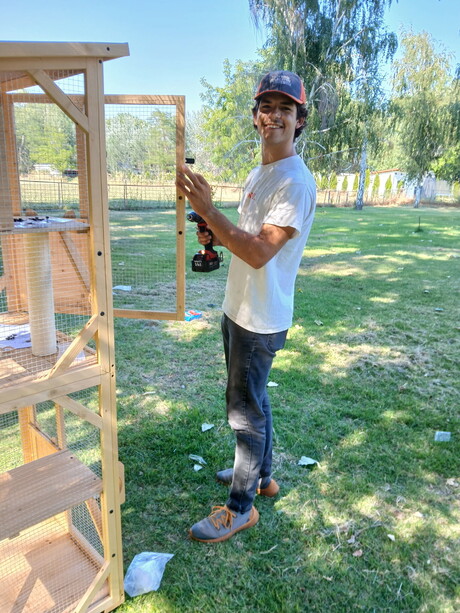At 12 years old, Amber Mitchell already knew how to use complex engineering software and had drawn designs for the renovation of her family's home. Now a senior civil engineering major at Walla Walla University, Mitchell is seeing the international impact of her skills.
As the lead of a project design team working on designing classrooms for an overflowing school in Luis Garcia, Honduras, Mitchell played a large part in Hope for Honduras, a long-term project adopted by the Walla Walla University chapter of Engineers Without Borders. The three-phase project will improve and expand the Honduras school's facilities.
"We had to present our project to a board of certified professional engineers," says Mitchell, "and had to defend our design."
Contrary to what they had heard might happen, the design passed the first time.
"For this project, I relied heavily on the structural engineering and soils classes I took at WWU," says Mitchell. "But some things we had to do were not taught in class, and gave us the opportunity to develop our research skills and rely on mentors, much as we will once we graduate."
It wasn't just engineering skills that were required to complete this project.
"It was very important to know how to work with people," says Mitchell. "Much of the work was done through e-mail and Internet phone calls, and sometimes we worked with people we'd never met."
John Hawkins, president of EWB-WWU, fellow senior civil engineering major and fluent in Spanish, was a huge asset for Mitchell and her team. He did much of the on-site coordinating with contacts in Honduras.
EWB asks that projects follow local building practices, so the team was restricted to using local materials. Because Honduras has no building codes, the classrooms were built to American standards, requiring nearly four times as much steel as typical Honduran buildings. Though this pushed the costs up, the team was convinced the resulting classrooms could withstand the earthquakes and hurricanes they may one day experience.
"It's not our goal to go in and build something in a totally new way, just because it's how we'd do it back home," Mitchell explains. "We want the community to take ownership of the building and be proud of what they've done."
To this end, EWB-WWU did very little of the actual building, only pitching in when they were absolutely needed.
"Just before we left, I ran up to the work site for one last look," recalls Mitchell. "As I stood there, I realized that standing in front of me was a building I had helped design, and one day soon there would be students sitting under the beams I had specified, learning the same basic math and science that started me on this journey."
Mitchell notes that working with EWB not only exposes students to third-world cultures, it also helps form their world views and shape them into the engineers they'll be for the rest of their lives.
"It gives us experience we can't get from any class," she says. "We get to see a project through from its visionary stages to completion, and that's huge."
Because of Mitchell, her team of designers, and the support of the WWU community, 250 more students can attend school in the little village of Luis Garcia, Honduras. To learn about the next phase of the Hope for Honduras project, as well as other EWB-WWU projects, and to see photos and video footage from their recent trip, visit ewb-wwu.org.




